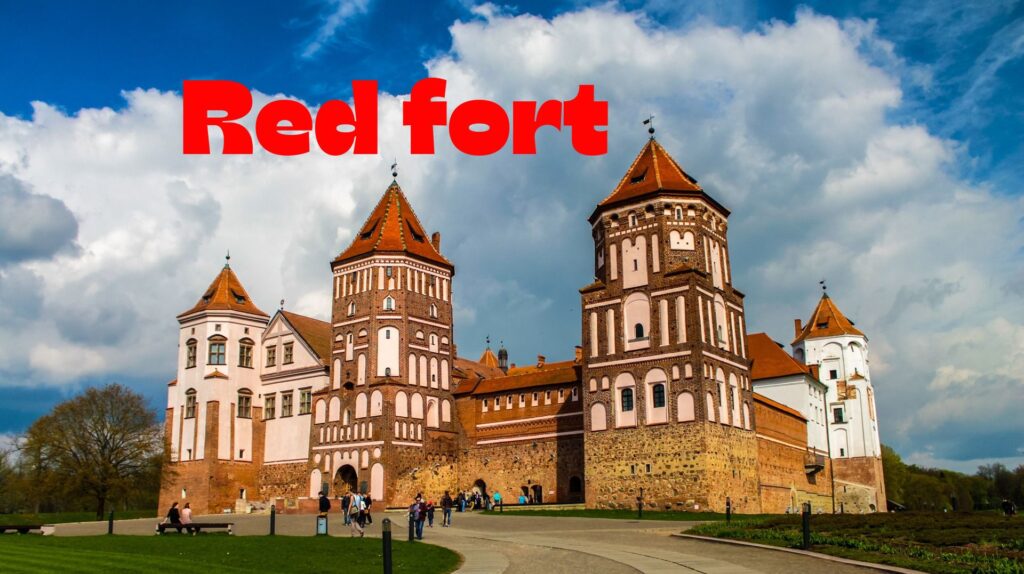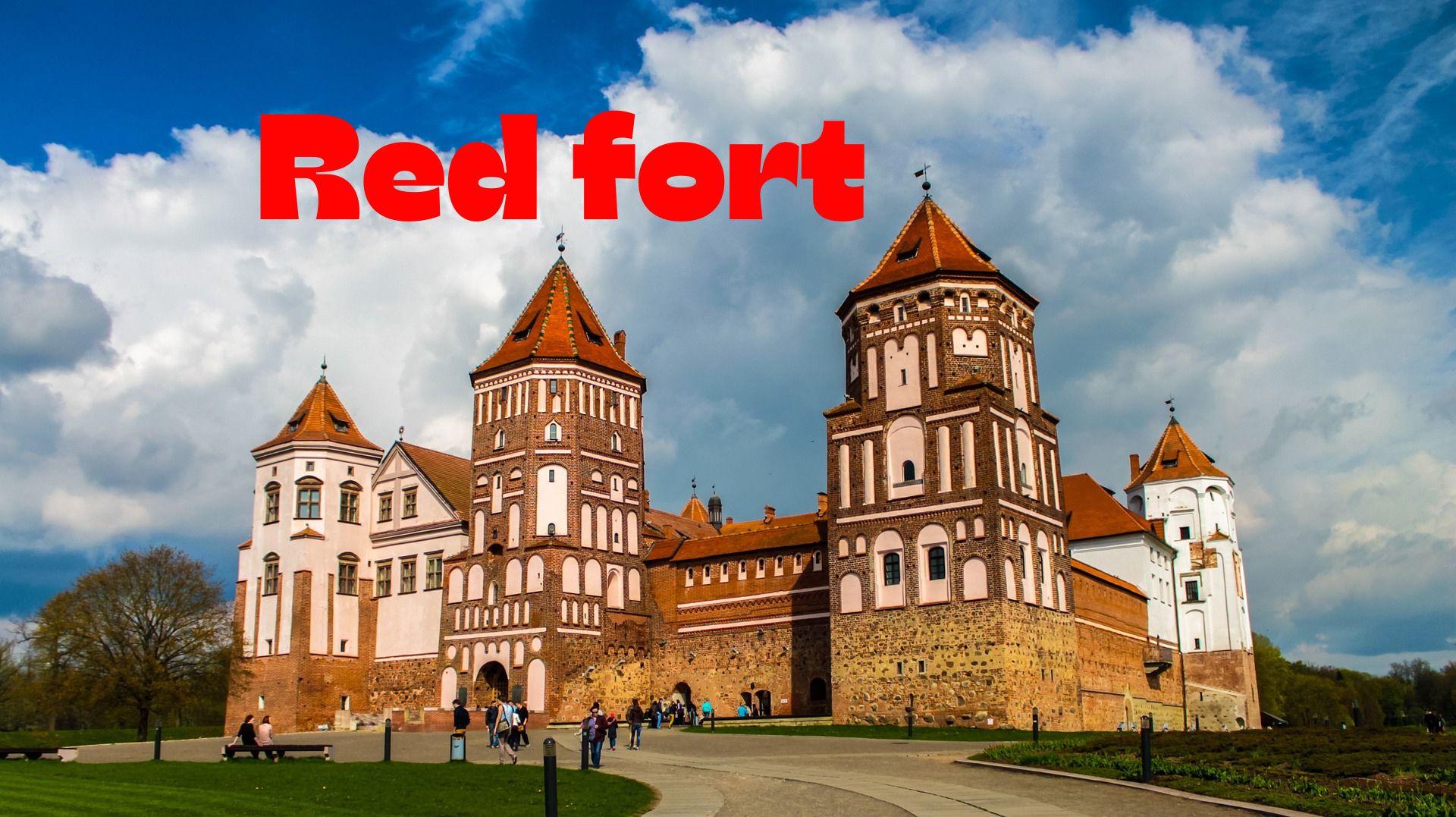red fort cuisine of india
Rediscovering the Magnificence of Red Fort cuisine of india: A Journey into India’s Glorious Past


Nestled amidst the bustling streets of Old Delhi stands a timeless marvel of Mughal architecture – the magnificent Red Fort. This UNESCO World Heritage site, with its imposing red sandstone walls and intricate marble embellishments, serves as a living testament to India’s rich cultural heritage and architectural splendor. Let us embark on a journey to unravel the grandeur and history of this iconic fortress.
**A Monument of Majesty**
Commissioned by the Mughal Emperor Shah Jahan in 1638, the Red Fort, or Lal Qila, was conceived as a symbol of imperial power and grandeur. Its towering walls, stretching over two kilometers, enclose a sprawling complex of palaces, gardens, and pavilions, each exquisitely crafted to reflect the opulence of the Mughal era.
**Architectural Marvels**
As visitors step through the imposing Lahore Gate, they are transported back in time to an era of architectural brilliance and artistic finesse. The Diwan-i-Aam, or Hall of Public Audience, with its impressive colonnades and intricately carved arches, once served as the throne room where the emperor addressed his subjects. Nearby, the Diwan-i-Khas, or Hall of Private Audience, adorned with shimmering marble and precious stones, witnessed the intimate gatherings of the royal court.
**Gardens of Paradise**
Within the confines of the Red Fort lie verdant gardens that offer a serene retreat from the hustle and bustle of the city. The Hayat Bakhsh Bagh, or Life-Bestowing Garden, with its cascading fountains and lush greenery, provides a tranquil oasis amidst the architectural splendor. As visitors wander through the Shalimar Bagh and the Nahr-i-Bihisht, or Stream of Paradise, they are enveloped in a sense of peace and tranquility that transcends time.
**Echoes of History**
The Red Fort bears witness to some of the most pivotal moments in India’s history. It was from the ramparts of this fortress that the Indian tricolor was hoisted for the first time on August 15, 1947, marking the dawn of a new era of independence. Today, the fort serves as a poignant reminder of the struggles and triumphs of the Indian people, a symbol of resilience and national pride.
Despite the passage of centuries, the Red Fort continues to stand as a beacon of India’s cultural heritage. Efforts to preserve and restore this architectural marvel ensure that future generations will be able to marvel at its beauty and significance. The fort remains a must-visit destination for tourists, historians, and architecture enthusiasts alike, offering a glimpse into the glorious past of one of the world’s most enduring civilizations.
red fort cuisine of india meridian
**Conclusion**
In conclusion, the Red Fort stands as a testament to India’s rich history, architectural prowess, and cultural legacy. Its majestic walls, ornate palaces, and verdant gardens evoke a sense of awe and wonder, inviting visitors to immerse themselves in the grandeur of the Mughal era. As one explores its hallowed grounds, they are transported on a journey through time, discovering the secrets and stories that lie within the crimson walls of this iconic fortress.